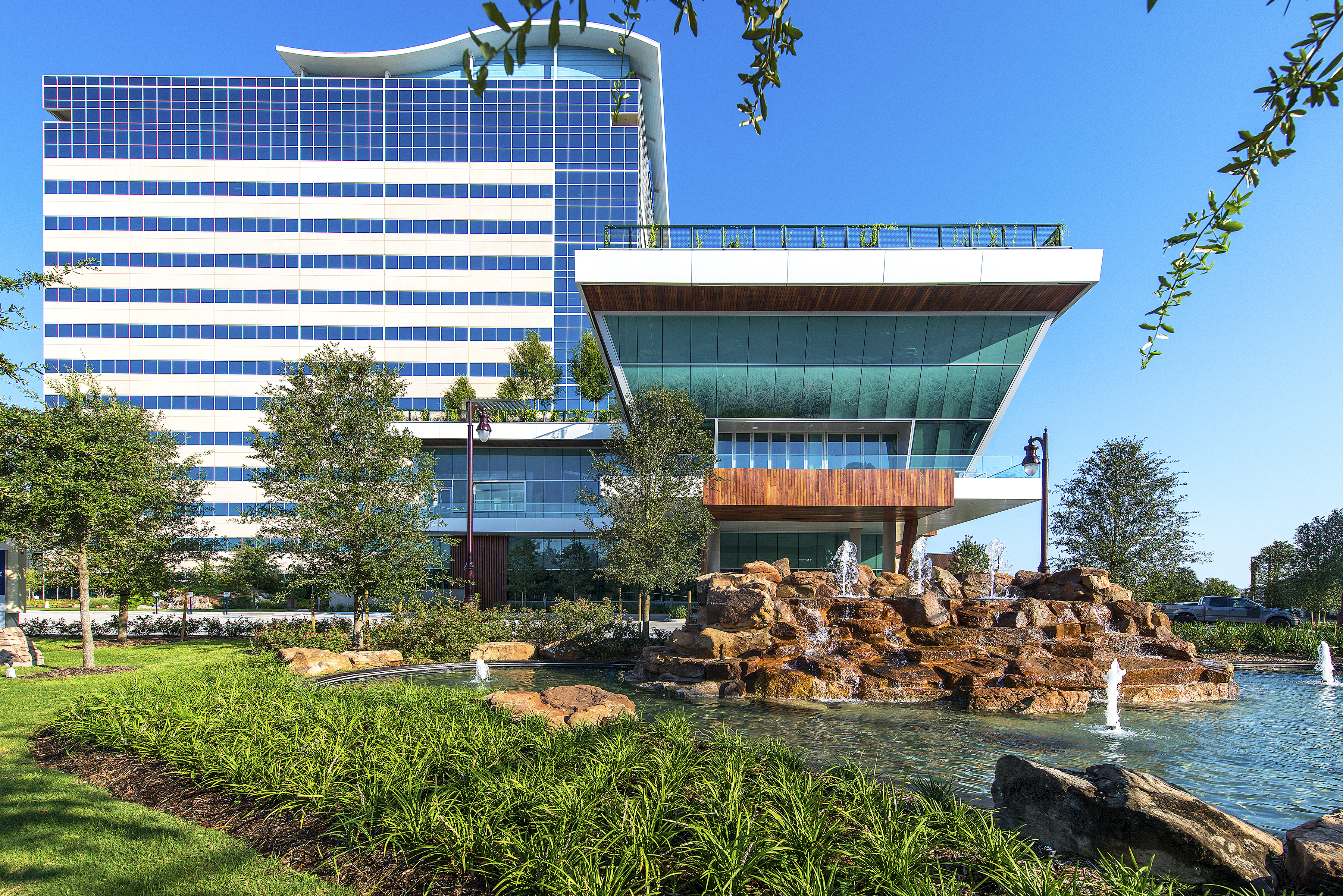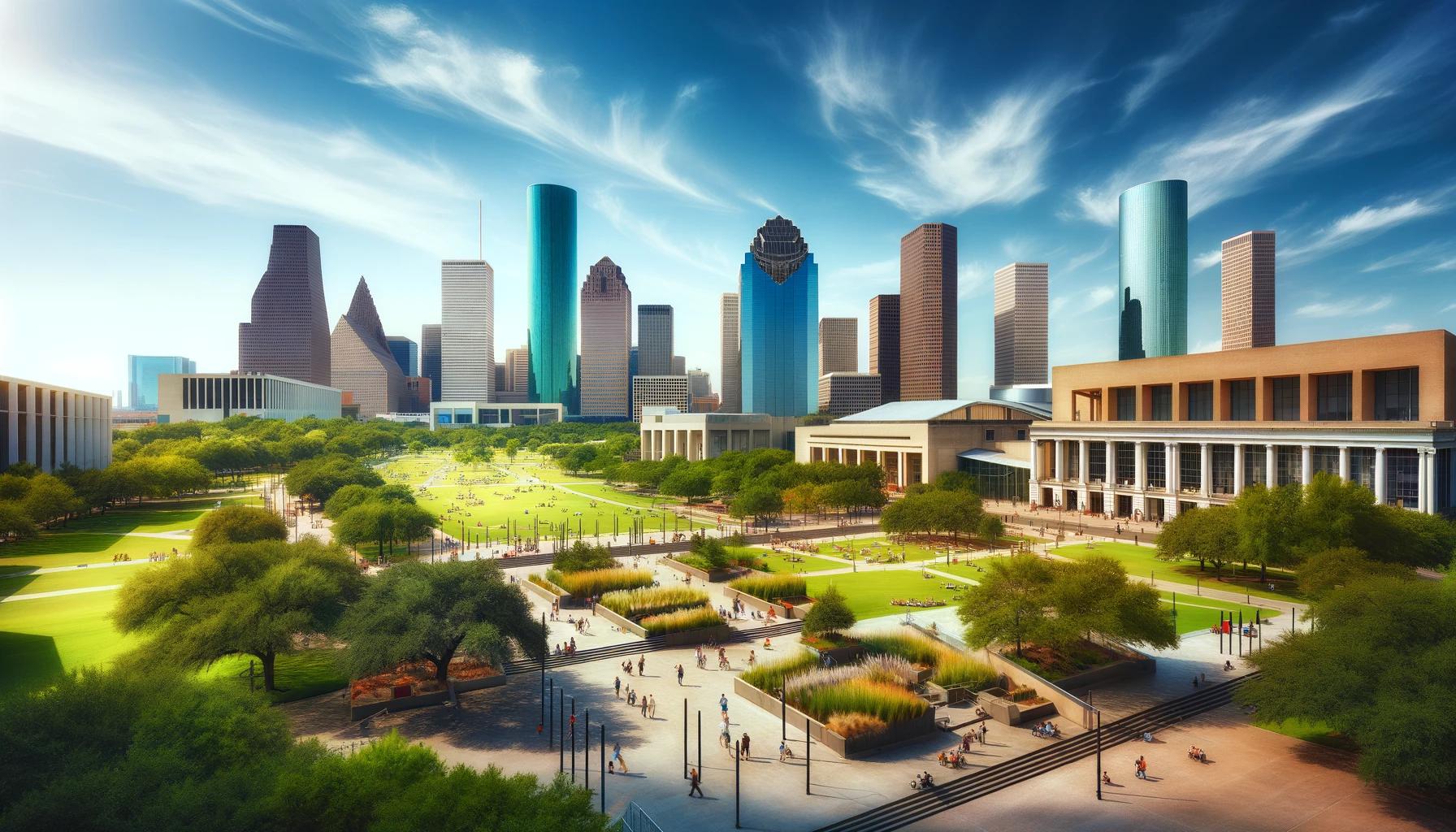
[ad_1]
Houston, Texas, is a lively center for the architectural industry, known for its impressive skyline, innovative urban designs, and vibrant cultural scene. As the fourth-largest city in the United States, Houston showcases a rich mix of historic and modern styles that reflect its diverse, multicultural population. This blend enriches the local scene and sets trends that influence architecture worldwide, including cutting-edge green building technologies and adaptive reuse of historic structures.
This article will explore how architectural design in Houston shapes major design trends. By looking at local sustainability practices, the mix of architectural styles, and the impact of cultural heritage, we will show how these factors shape Houston’s physical and social structure. The insights will highlight Houston’s role in driving future architectural innovations, both locally and globally, illustrating the city’s significance as a trendsetter in the industry.
Houston’s Unique Blend of Architectural Styles
In Houston, the architecture reflects the city’s diverse culture. You can see this in the terracotta roofs of Spanish colonial buildings and the sleek glass skyscrapers. Each building tells a story of various influences and artistic efforts. This mix of styles shapes Houston’s look and pushes modern architecture toward more diverse and inclusive designs.
By combining elements of its Spanish heritage with modern aesthetics, Houston shows how historical elegance can blend with contemporary innovation. This unique mix not only enhances the city’s skyline but also inspires architects worldwide to merge different eras and styles, creating more dynamic and adaptable designs. The blend of old and new, tradition and modernity, strongly influences architectural trends and highlights the importance of cultural diversity in the spaces we create.

Embracing Sustainability in Design
Houston architects are now using sustainable methods to combat the city’s intense heat and weather. These green building techniques help tackle environmental challenges and demonstrate that efficient, responsible designs can also be aesthetically pleasing. By incorporating energy-efficient systems, water-saving fixtures, rooftop gardens, and eco-friendly materials like reclaimed wood and recycled steel, Houston’s architecture significantly reduces environmental impact and serves as a model for others.
Using renewable energy sources, such as solar panels and wind turbines, and better building insulation helps reduce the urban heat island effect in Houston and suggests new ideas for climate-adaptive architecture globally. This focus on sustainability is transforming how architects plan their designs, blending human and ecological needs in innovative, harmonious ways that prioritize both functionality and beauty.
Urban Planning and Development
In Houston, rapid urban growth has led to innovative urban planning and development. The city now showcases groundbreaking architectural changes, especially in mixed-use developments and walkable neighborhoods. These efforts aim to make the most of land use while boosting community interaction and accessibility.
By combining residential, commercial, and recreational facilities in small areas, Houston is moving away from car dependency to more pedestrian-friendly environments. This forward-thinking urban planning builds a sense of community, reduces urban sprawl, and supports environmental sustainability. Houston’s architectural advancements highlight a trend toward more people-friendly and eco-conscious urban designs.
The Impact of Local Culture and History
Houston’s rich history and diverse culture have a big impact on its architecture. Looking into the city’s past, you can see how local traditions and historical events have shaped modern design. For instance, Houston’s maritime history inspired the Buffalo Bayou promenade, combining ecological restoration with recreational areas. Additionally, the city’s cultural diversity has led to architectural styles that blend global influences with a Texan feel; for example, downtown Churrascarias show Brazilian design elements alongside modern takes on Texas ranch-style homes.
This mix of cultures drives architectural innovation in Houston, showing that history and modernity can coexist and enhance each other. The city’s architecture reflects its heritage, shaping its urban identity and development.

Collaborations and Partnerships in Architecture
Houston’s architectural scene thrives on teamwork. When architects, developers, and communities work together, they shape the city’s physical and social terrain. This collaboration not only sparks innovative designs but also ensures they benefit the local communities. For example, joint efforts have created residential and retail spaces that meet both the aesthetic and practical needs of the locals.
In the same way, partnerships in urban parks and redevelopment projects show the city’s design approach, which includes public input and diverse expertise. These collaborations often lead architects to use adaptive re-use strategies, combining historical preservation with modern functionality to meet the community’s changing needs.
Houston’s architectural scene showcases a blend of tradition, innovation, and sustainability. The city’s diverse cultural influences are reflected in its mix of historic and modern styles, enriching the urban environment and inspiring global trends. By using green building techniques and sustainable practices, Houston tackles environmental challenges while keeping its aesthetic appeal. The city’s focus on mixed-use developments and pedestrian-friendly designs promotes community interaction and accessibility. What’s more, Houston’s rich history and collaborative spirit drive architectural innovation, creating spaces that honor the past while embracing the future. This approach ensures Houston remains a leader in architectural excellence and urban development.
[ad_2]